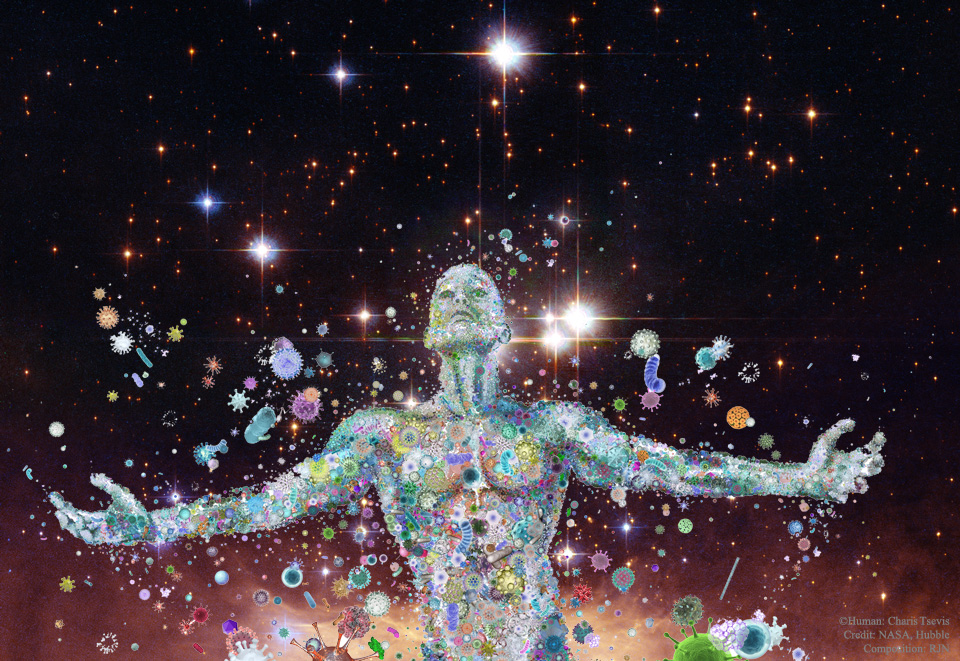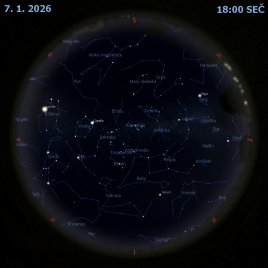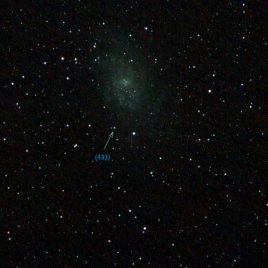Člověk jako kosmická loď

Uznání:
NASA,
ESA,
Hubble, and J. Maiz- Apellániz
(IAA);
Acknowledgement: D. De Martin;
Human Image Copyright: Charis Tsevis;
Composition: R. J. Nemiroff
Jste kosmická loď plující vesmírem. Stejně jako váš pes. My všichni s sebou celým životem neseme bilióny mikroorganismů. Toto množství baktérií, fungi a archaea má jinou DNA než vy. Dohromady se jim říká mikrobiom a vaše posádka převyšuje množství vašich vlastních buněk. Členové vaší posádky vytvářejí společenství, pomáhají vám zažívat potravu, účastní se bitev proti vetřelcům a někdy dojíždějí v kapalné superdálnici z jednoho konce vašeho těla na druhý. O vašem mikrobiomu toho ovšem zůstává mnoho neznámého. Vy jste kapitán(ka), a když se budete k vaší posádce pěkně chovat, tak budete moci prozkoumat více místního vesmíru.
Seznam odkazů v popisu
- Wikipedia: Microorganism
- MicrobiologyOnline.org: Bacteria
- MicrobiologyOnline.org: Fungi
- MicrobiologyOnline.org: Archaea
- APOD: 2012-08-21 DNA: Molekula, která vás definuje
- NASA: Microbial Creatures in Space
- Nature.com: Microbial communities
- TypesOfBacteria.co.uk: Friendly Bacteria in the Digestive System
- ScienceMag.org: Taking Stock of the Human Microbiome and Disease
- ScientificAmerican.com: How bacteria sneak into your blood through your mouth
- NPR.org: Finally, A Map Of All The Microbes On Your Body
- Youtube.com: The Invisible Universe Of The Human Microbiome
- Youtube.com: Rob Knight: How our microbes make us who we are
- UniverseToday.com: Foto: Star Trek
- Utah.edu: Your Changing Microbiome
- APOD: 2010-07-13 Mozaika: Vítejte na planetě Zemi
NASA Official: Phillip Newman Specific rights apply. NASA Web Privacy Policy and Important Notices
A service of: ASD at NASA / GSFC & Michigan Tech. U.
Odkaz na originální APOD


